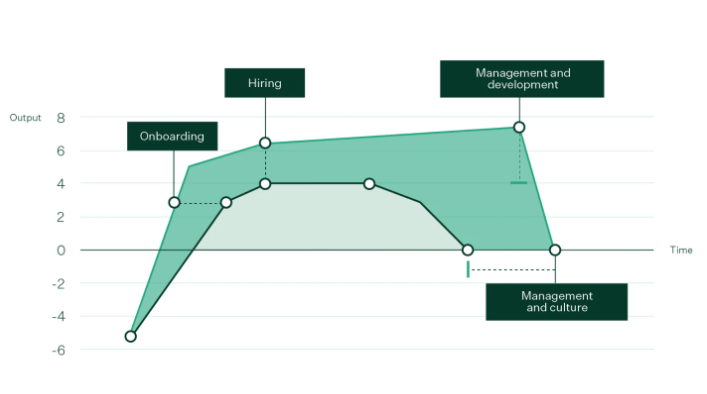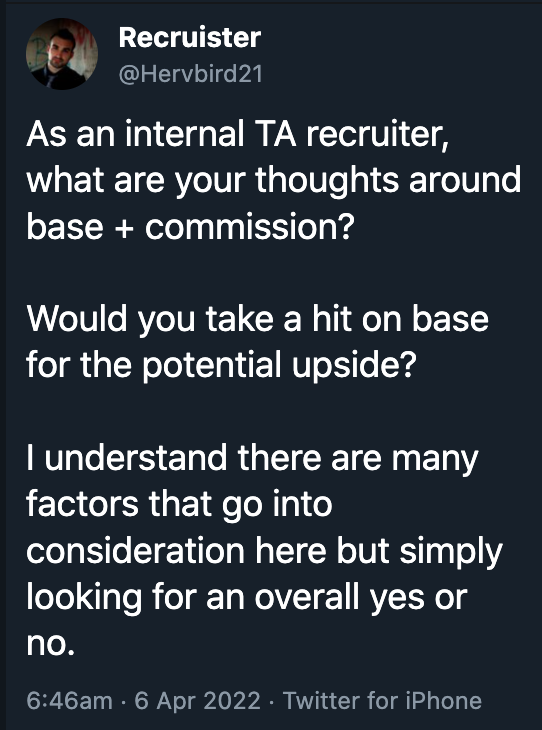In HR and Talent Acquisition, we tend to be in crisis mode constantly. We are some of the best firefighters are organization has! Our functions tend, by their very nature, to be short-termed focused. This month, this quarter, this year. Rarely are we able to think and plan further than twelve months ahead.
The problem is, currently and in the future, we (the U.S. and pretty much every industrialized country on the planet) are not making enough humans! In the U.S., we are early Japan. This means our birth rate has dipped below the replacement rate. Japan has been facing this crisis for decades; we are just starting down this path.
Why does this matter?
- If we can’t replace our humans, we have a shrinking workforce, and it’s very hard to grow.
- If we aren’t going to grow enough humans, we have to find another path to get more humans, and that’s immigration, and in the U.S., we have been awful at immigration.
- If we can’t get real humans, we have to build robots. The problem is, why robots will come faster than humans, it still takes time, and robots can’t effectively replace humans in most roles.
What is the solution?
This might sound a bit controversial, it’s definitely out of the norm, but HR needs to build a policy that encourages our employees to have babies!!
“Wait, what?! You want us to encourage our employees to have s…”
Okay, hear me out! Japan knew it had an issue decades ago and did nothing to address it, believing nature would take its course. But it didn’t! We have the opportunity to reward and compensate our employees for growing our next employees!
In the U.S., historically, we’ve also sucked at parental leave policies, and we’ve held parenthood against workers for promotion. Having kids, for the most part, has been a negative to your career. We need to change that! We need to make it a reward and benefit to your career. Like, imagine if Mark and Mary had seven kids! They both should be promoted immediately to Vice Presidents or Chief Growing Officers or something!
I’m only saying that half-joking! We are in a crisis and to get out of a crisis takes bold moves.
The hard part of encouraging our employees to procreate is that HR has spent its entire existence trying to stop our employees from doing this very thing! Now I’m asking you to become the Chief Baby Officer.
Um, are there other solutions?
Yes, but America tends to hate both of these options, traditionally.
The first option is to completely revamp our immigration policy and allow in millions of immigrants in both skilled/educated backgrounds and non-skilled/labor backgrounds. Traditionally, both political parties are against this because of the belief immigrants take jobs away from current citizens. Labor Unions hate this. Conservatives hate this. It’s usually a political non-starter.
The UK recently made a major change to their immigration policy because, like the U.S., they are facing a similar human challenge, and we should all take note because it’s an amazing policy. Basically, it allows professionals to come in with a Visa before getting a job, as long as they can prove they can pay their own way. This works because one of the biggest hurdles in U.S. immigration policy is we force an immigrant to have a job before they can enter, and for most U.S. employers, that just doesn’t work from a timing perspective.
The second option is more automation and robots. This is another one that labor unions tend to fight because it takes jobs away from humans. Unfortunately, this one is moving forward because we just don’t have enough workers, and even unions can’t produce more unions. More and more, we’ll see automation take the place of traditional roles we are used to seeing humans in. Cashiers, order takers, warehouse workers, truck drivers, etc. This is scary for many but a necessity for employers looking to run their day-to-day operations.
You might think that encouraging your employees to have babies is a very out-of-the-box idea, but in HR, we need to start thinking more long-term about how we’ll manage our workforce. If you believe your company will be around twenty years from now, a part of our job, strategically, should be thinking about this workforce concept.


